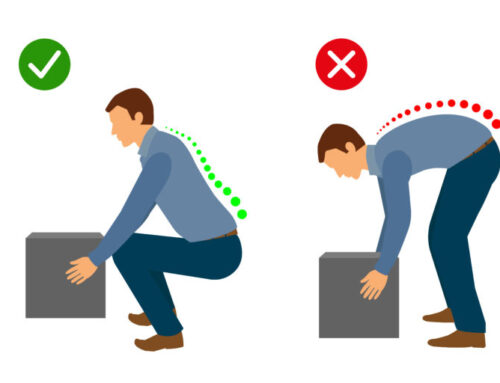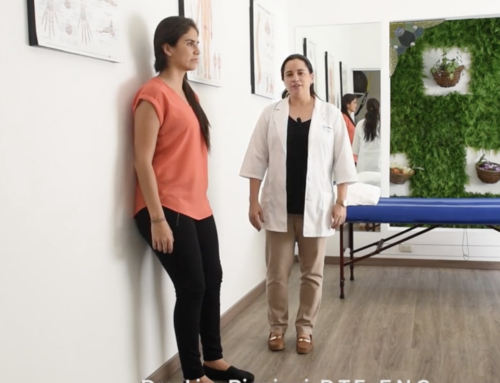Lumbar Fusion Surgery
Your Spine
To best understand your surgery, it is important to know about your spine. The spinal column surrounds and protects your spinal cord. Your spinal column is made up of 24 vertebrae (bones), plus the sacrum and the tailbone (coccyx). Each vertebra is separated by shock-absorbing discs. These discs give your spine flexibility to move and bend. Nerves branch out from your spinal cord and pass through openings in these vertebrae to other parts of your body.
The goal of lumbar fusion surgery is to relieve pain, numbness, tingling and weakness, restore nerve function and stop or prevent abnormal motion in the spine. This is done by fusing the vertebrae together. The lumbar fusion can be done in the front or the back of the spine.
Lumbar fusion surgery may be indicated for a variety of lumbar spine problems. Generally, lumbar spine problems are first treated conservatively. Then, if low back pain, numbness, tingling or weakness in the legs does not improve, some individuals may be candidates for lumbar spine fusion surgery.
In this condition one vertebra has slipped forward over another. If the vertebra continues to slip back and forth, the spinal nerves may be affected, causing leg pain, numbness, tingling and/or weakness. A spinal fusion may be recommended to stop this abnormal motion.
In degenerative disc disease, the discs or cushion pads between your vertebrae shrink, which can cause abnormal motion and possibly an unstable area in your spine. As a result, the vertebrae may compress the spinal nerves, leading to leg pain.
Severe . As the body ages, wom vertebrae and discs may develop bony spurs, which may cause stenosis, or narrowing of the openings for the spinal cord and nerves. These spurs irritate the spinal nerve roots and cause pain, numbness, tingling or weakness down the legs. Sometimes this condition requires lumbar fusion surgery to stabilize the spine, and prevent abnormal motion after pressure on the spinal nerves is removed.
As with any operation, there are risks involved with spine fusion surgery. Some patients may develop a distended abdomen and may not be able to eat. If this happens, a special tube may be inserted to relieve the distension.
Revision surgery often involves correcting a deformity caused by a previously failed back surgery, breakage of instrumentation or pseudoarthrosis. The type of revision depends on the problem. The procedure may include operating on both the front and back of the spine. The incidence of complications from revision lumbar spine fusion surgery is higher than in first-time procedures. It is also more difficult to relieve pain and restore nerve function in revision surgery. Patients should be aware that the chance of having long-term spinal pain is increased.
To obtain full text:
Your Spine
To best understand your surgery, it is important to know about your spine. The spinal column surrounds and protects your spinal cord. Your spinal column is made up of 24 vertebrae (bones), plus the sacrum and the tailbone (coccyx). Each vertebra is separated by shock-absorbing discs. These discs give your spine flexibility to move and bend. Nerves branch out from your spinal cord and pass through openings in these vertebrae to other parts of your body.
The goal of lumbar fusion surgery is to relieve pain, numbness, tingling and weakness, restore nerve function and stop or prevent abnormal motion in the spine. This is done by fusing the vertebrae together. The lumbar fusion can be done in the front or the back of the spine.
Lumbar fusion surgery may be indicated for a variety of lumbar spine problems. Generally, lumbar spine problems are first treated conservatively. Then, if low back pain, numbness, tingling or weakness in the legs does not improve, some individuals may be candidates for lumbar spine fusion surgery.
In this condition one vertebra has slipped forward over another. If the vertebra continues to slip back and forth, the spinal nerves may be affected, causing leg pain, numbness, tingling and/or weakness. A spinal fusion may be recommended to stop this abnormal motion.
In degenerative disc disease, the discs or cushion pads between your vertebrae shrink, which can cause abnormal motion and possibly an unstable area in your spine. As a result, the vertebrae may compress the spinal nerves, leading to leg pain.
Severe . As the body ages, wom vertebrae and discs may develop bony spurs, which may cause stenosis, or narrowing of the openings for the spinal cord and nerves. These spurs irritate the spinal nerve roots and cause pain, numbness, tingling or weakness down the legs. Sometimes this condition requires lumbar fusion surgery to stabilize the spine, and prevent abnormal motion after pressure on the spinal nerves is removed.
As with any operation, there are risks involved with spine fusion surgery. Some patients may develop a distended abdomen and may not be able to eat. If this happens, a special tube may be inserted to relieve the distension.
Revision surgery often involves correcting a deformity caused by a previously failed back surgery, breakage of instrumentation or pseudoarthrosis. The type of revision depends on the problem. The procedure may include operating on both the front and back of the spine. The incidence of complications from revision lumbar spine fusion surgery is higher than in first-time procedures. It is also more difficult to relieve pain and restore nerve function in revision surgery. Patients should be aware that the chance of having long-term spinal pain is increased.
To obtain full text:





